FREE Standard Shipping On All Orders $100 or More!*
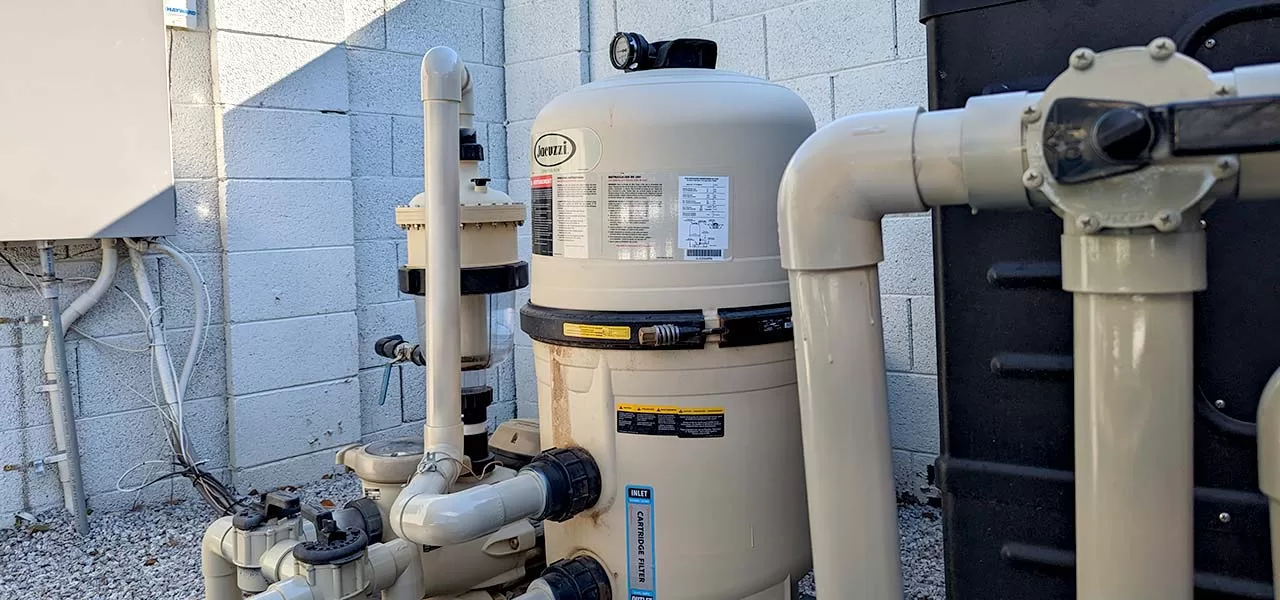
Pool Filter Troubleshooting Guide
So your pool filter is having problems, and you're seeking answers. Well, good news – you're in the right place! Pool filter trouble can take on many forms, and not all issues with filtration are filter problems. Clogged or closed pool skimmers, pumps, or valves can all cause pool filter problems. Before you get too far into troubleshooting your pool filter, check for anything that could be obstructing water flow to or from the filter. Here's a list of common pool filter problems, and the different solutions that can fix it.
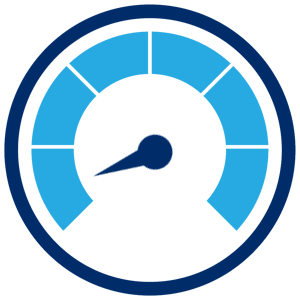
Pool Filter Has No Pressure
When the pump is off, or when the valve is set to recirculate or drain to waste, the filter pressure should be zero. If the filter pressure gauge reads zero or close to zero with the pump running, and the valve is in filter or backwash mode, something is wrong. Give the gauge face a flick with your fingernail to see if it pops up. Inspect the gauge dial or face for warping, which can prevent the dial from moving.
If you are certain that water is moving through the filter at a normal rate, either the gauge has failed, or there may be a clog within the air bleeder assembly that the gauge screws into. To check, shut the pump off and remove the pressure gauge with pliers or a small wrench. Run a stick or small screwdriver down into the hole to clear out any clogs or debris. This may be blocking the pressure gauge or air relief assembly. Pool filter gauges are inexpensive instruments that will fail in time. It never hurts to keep a spare gauge on hand.
If the water is not moving through the filter at a normal rate, there is most likely a clog or obstruction before the pool filter. It could be a clogged pump basket, impeller, pipe, or skimmer basket. It could also be a closed or broken valve before the pump. In some cases, the pump may have an air leak and is drawing in more air than water. This can reduce filter pressure (and filtration ability).
Pool Filter Has Too Much Pressure
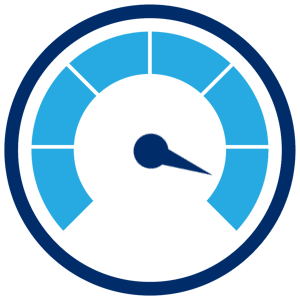
If your filter pressure is higher than normal, this usually indicates a dirty pool filter. We generally recommend backwashing your filter (or cleaning your cartridges) when the pressure rises 8-10 PSI above the clean start-up pressure. The manufacturer's recommendation may be slightly different, depending on which pool filter you have.
If your pressure is much higher than that, there may be foreign materials in the filter (paper products, plastics, mulch, oils) that are really clogging it up. There could also be a closed return valve or bypass valve after the filter. Either scenario will cause the pressure to rise to very high levels. The filter or the filter valve (multiport or slide) may have broken internal parts which have lodged themselves inside of a pipe or fitting. Check the return side valves or heater bypass to be sure they are open. Return pipes or valves after the filter don't normally clog with debris. But broken filter or valve parts could restrict the water flow after the filter, thus raising the filter pressure.
Very high filter pressure can be dangerous! Filter lids of clamshell type filters have been known to blow off when the clamp band fails under high pressure. Many pool filters operate in the range of 8-15 PSI, though they can sometimes range from 3-30 PSI. If your filter pressure has jumped unexpectedly to a higher than normal reading, or if the clean/starting pressure is higher than manufacturer recommendations, you may have internal filter problems or filter valve problems. Be sure that all pipes and valves are open after the filter, and if you see the pressure spike to 40 PSI or higher, shut off the pump immediately.
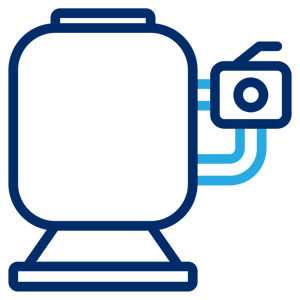
Pool Filter Pressure Rises Too Slowly
Most pool filters will run for several weeks before the pressure rises 5-8 PSI higher on the pressure gauge. Very large filters can even take months when paired with smaller pools. However, some filters can have problems where pool water bypasses the filter and returns to the pool unfiltered. This can cause a pool filter pressure to rise slowly, and it can take weeks to clean up adverse water conditions. In D.E. and sand filters, problems with the filter valve can cause water to bypass the filter. Internal problems (broken, missing, or misaligned filter parts) inside a filter tank can cause water bypass on all pool filter types. In addition, an oversized pool pump can push the dirt right through a filter.
Pool Filter Pressure Rises Too Rapidly
If your filter pressure rises rapidly within hours or days after backwashing, the filter media (sand, cartridge, or D.E. grids) may need attention. If your media is clogged with oils or minerals, it will require deep cleaning with a pool filter cleaner cleaner made for your filter type. In some cases, you may even need to replace it with new filter media.
D.E. filters will also see a rapid pressure increase when an insufficient amount of D.E. powder is used. The same is true if you don't open up the filter and thoroughly clean the D.E. grids at least once per year.
During very poor water conditions, having to backwash daily or even more often can be considered normal. But with clean and clear water, a properly sized and well operating pool filter should ideally have a filter run of 3-6 weeks between cleanings.
Pool Filter is Leaking Water Around Clamp
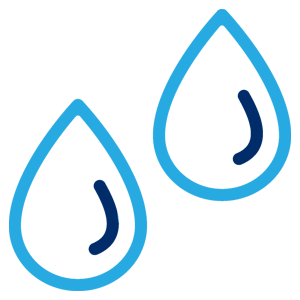
As mentioned above, clamshell type pressurized pool filters can be dangerous when the pressure gets to be too high. This is a common filter tank design for cartridge and D.E. pool filters, where there are two halves and a center clamp to hold the two pieces together. If the clamp band is leaking water, it is not making a safe seal, and you're at an increased risk for pressurized mishaps.
Shut off the pump and drain the filter tank by opening the air bleeder. Remove the filter clamp band and the filter o-ring, a.k.a. the belly band o-ring. Clean the o-ring with water and a rag to remove any dirt and debris. Also clean the rim of the bottom tank where the o-ring sits. Inspect the o-ring for damage. If the o-ring is no longer round, but triangular in cross section, or if it is cracked or has dry rot, replace it.
Lubricate the filter o-ring with Teflon pool lube, and reinstall the top half of the filter tank. Secure the clamp band around both tank halves and tighten down the nut all the way, until the springs are touching (new style clamps) or the two ends of the clamp are within 1/4" of each other (older clamps). Tapping the clamp band lightly with a heavy wrench or mallet around the tank while tightening improves the seal.
In rare cases a tank may warp, preventing a good seal with the clamp band. In this case, contact your dealer or the filter manufacturer for possible warranty coverage or replacement part numbers.
Pool Filter is Blowing Dirt Back Into the Pool
After backwashing, it is normal for a small amount of dust to blow into the pool. Using the multiport valve Rinse setting for 20 seconds will fix that problem. For sand filters, a small amount of fine, silty dirt may pass through the filter all the time and be considered normal. Using a filter cleaner or replacing the filter sand can help, in addition to using a clarifier. Just be sure that it's not sand that is coming into the pool. Hit it with a brush, and if it poofs up into the water it is dust; if it just rolls around, it may be filter sand escaping through a broken filter lateral.
D.E. filters can lose D.E. powder into the pool (which looks like sandy dust) through small tears in the fabric, a loose filter grid assembly, cracks in the manifold, or from a missing air bleeder screen or standpipe o-ring. Cartridge filters also need to be installed properly into the tank to keep water from bypassing the cartridge and flowing around it. Again, there could be holes in the cartridge fabric. Water bypass can also be caused by an oversized pool pump, improper use of cleaning chemicals, or from aggressive cleaning with a pressure washer.
Another common issues is caused by the pool filter valve on sand or D.E. filters. If your filter valve is in need of repair or replacement, it could be bypassing some portion of the water back to the pool unfiltered.
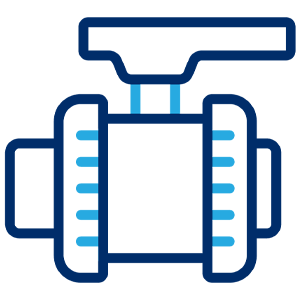
Pool Filter is Leaking Out of the Backwash Line
This is a valve problem, and not a filter problem. In a multiport valve, the spider gasket and rotor make a seal together to prevent water from going to the backwash port when the setting is anything other than Backwash. If there is a trickle or stream of water constantly draining out of the backwash line, open up the multiport valve and inspect the gasket. You may find that it's twisted, deformed, cracked, or broken. If the valve handle is floppy and has little tension, you may also need to replace the spring under the handle.
Pool Filter is Not Clearing the Pool Water
Why is the pool still cloudy? It could be many things, but let's start with your water balance and sanitation levels. As we have preached on this blog for many years, for clean and clear pool water, you need the perfect ratio of filtration, sanitation, circulation, and good water balance..
If your sanitation, circulation, and water balance are spot on, it's time to look closely at the pool filter. Is the pump running long enough each day for your filter to keep up? Are the pump and filter sized properly for the pool and for each other? Is there a chance that water is bypassing the filter and returning to the pool unfiltered?
If your pool filter is a bit undersized, or if the filter media is tired, try using a clarifier to help coagulate suspended particles. You can also use a flocculant to settle suspended particles to the floor and vacuum to waste. In many cases where it takes weeks to clean up poor water conditions, replacing the filter media (sand, cartridges, D.E. grids, or D.E. powder) can help tremendously.

Pool Filter is Making Loud Noises
This one's a bit of a trick question. Normally if you notice a noise on the equipment pad, the pool pump is to blame. While in operation, a pool filter is actually quiet. Loud pool pumps are normally caused by cavitation (starved for water) or by bad internal motor bearings. A pool pump with an air leak can put lots of air into the filter. This can sometimes be a little noisy as it gets pushed through the pool filter. If you have a constant stream of air bubbles in the pool, or if you can see bubbles through the clear pump lid, look for and patch any suction leaks (before the pump) with sealant.
Pool Filter Won't Turn On
Another trick question! The pool filter is not electric, and only the pump turns on. If the pump won't turn on, it could be a whole range of things. Look for this answer in our Pool Pump Troubleshooting Guide.